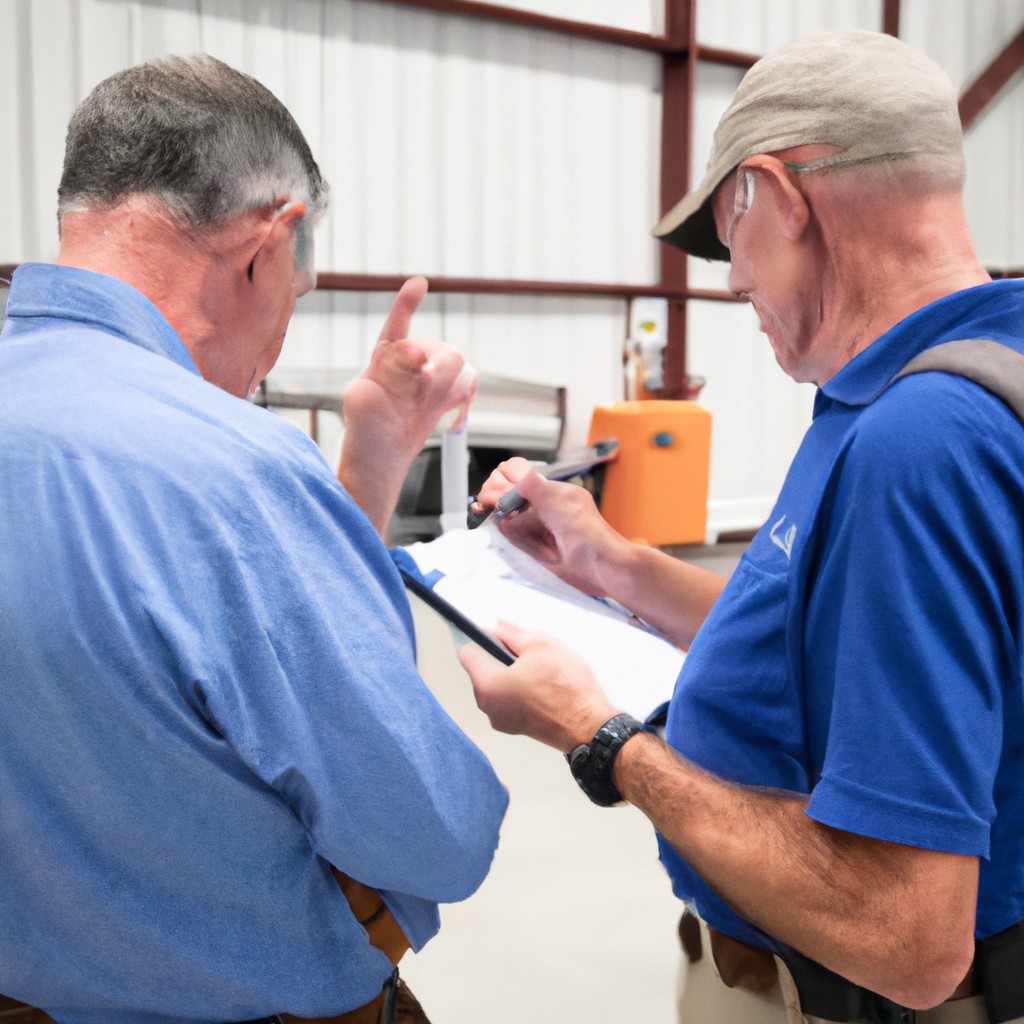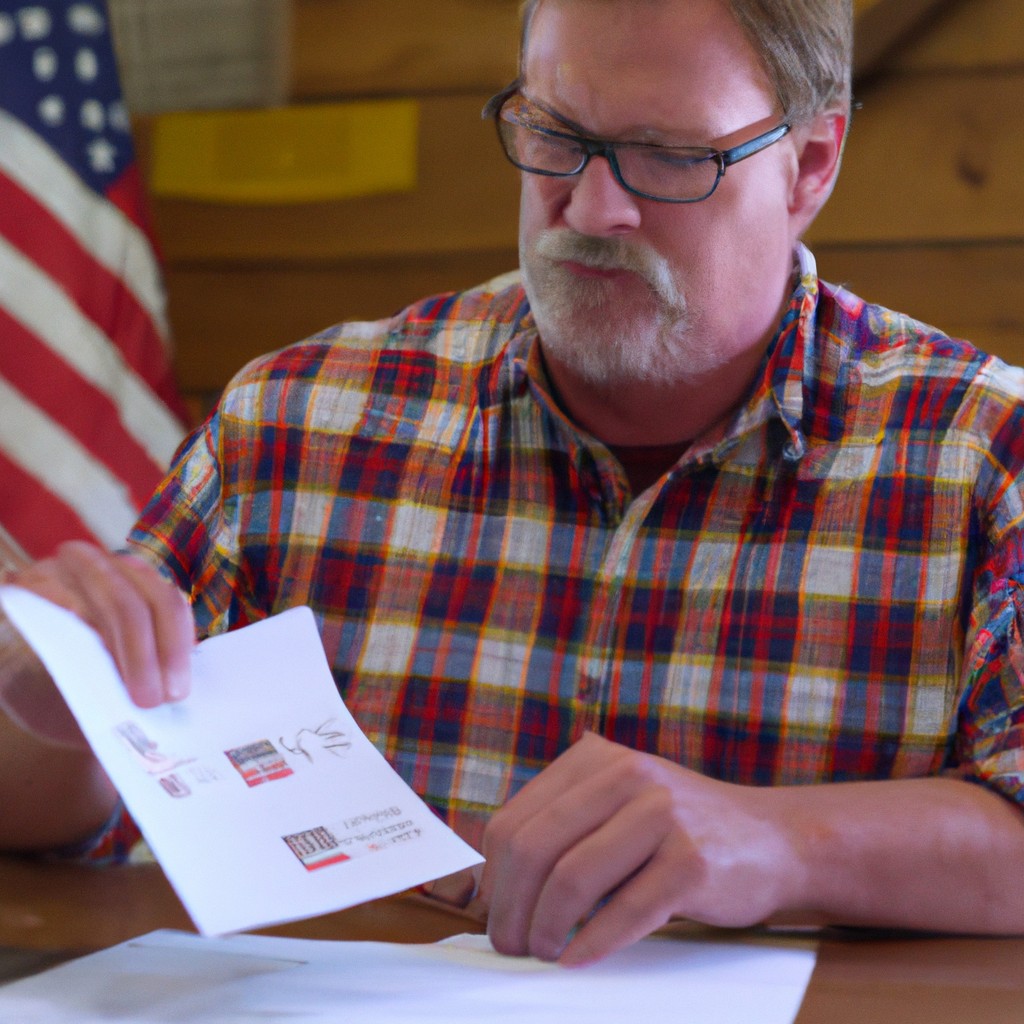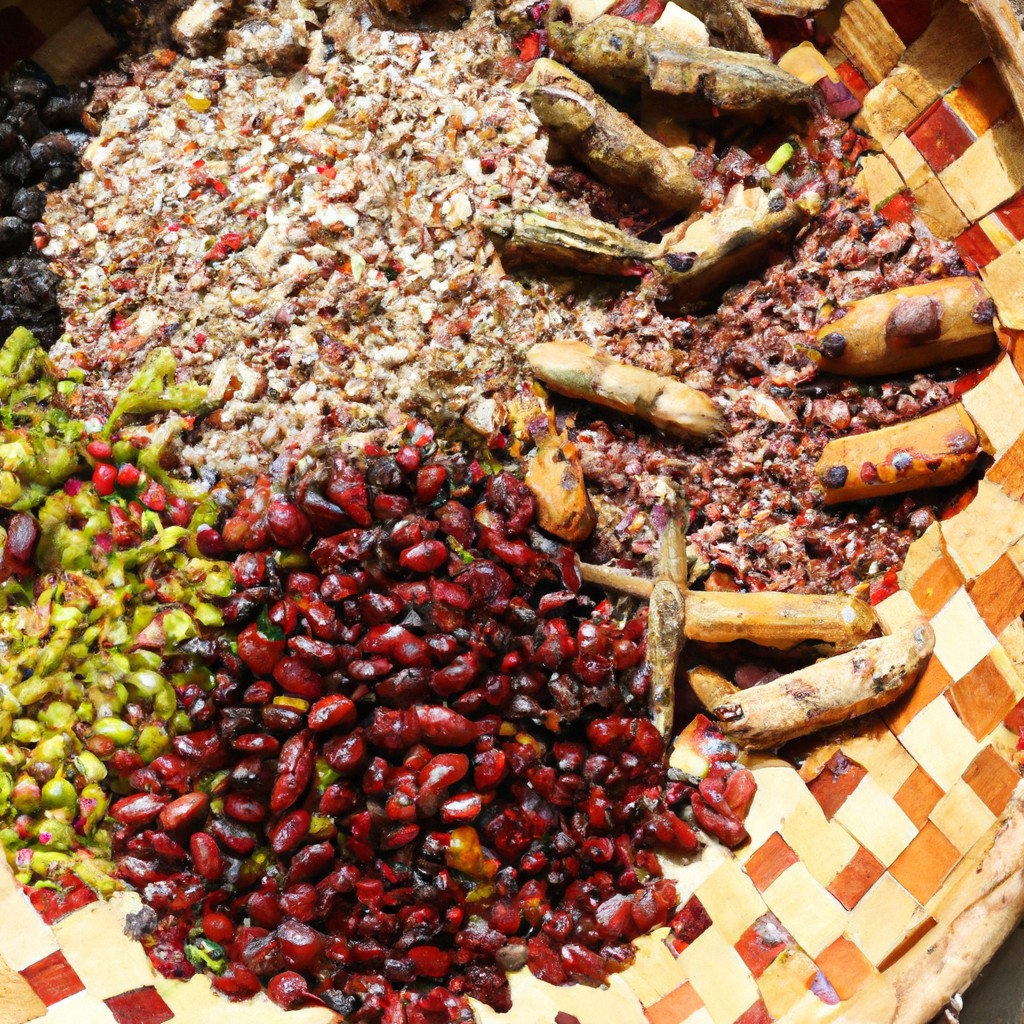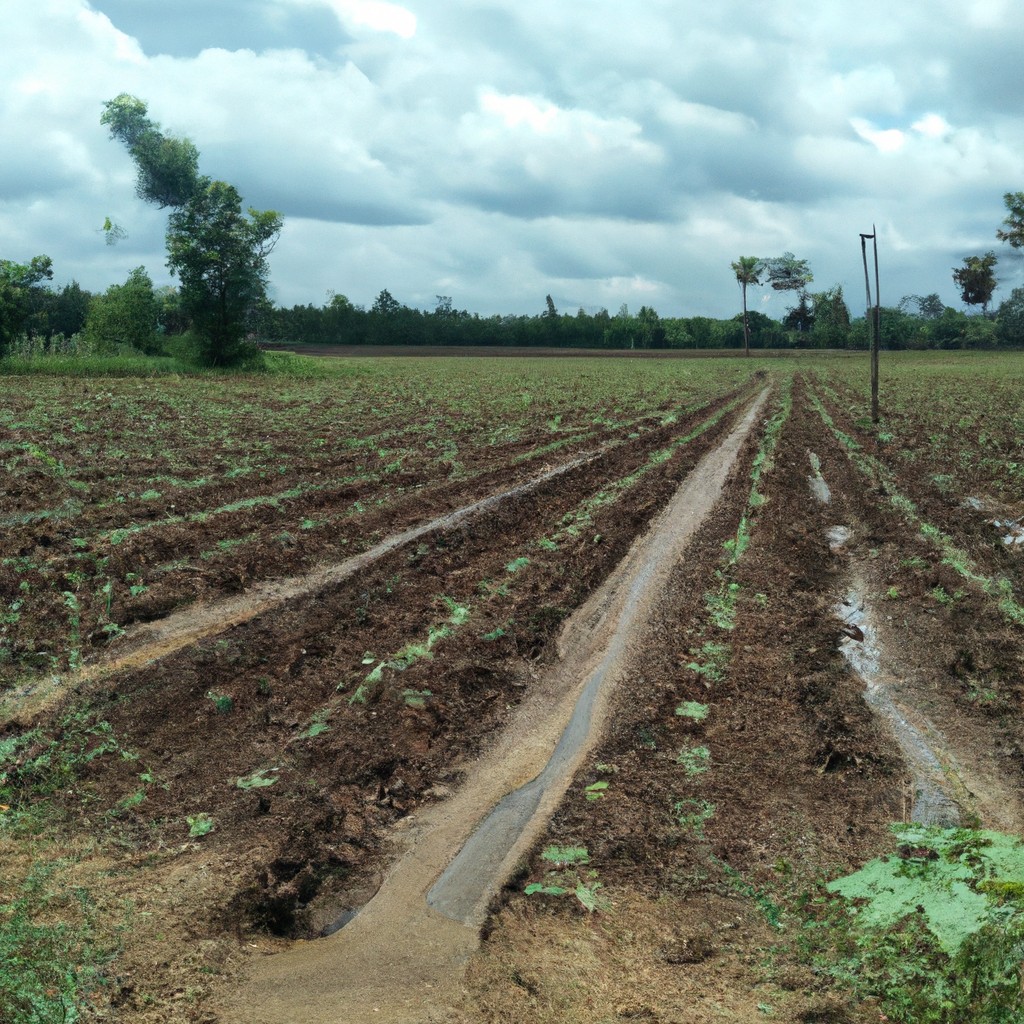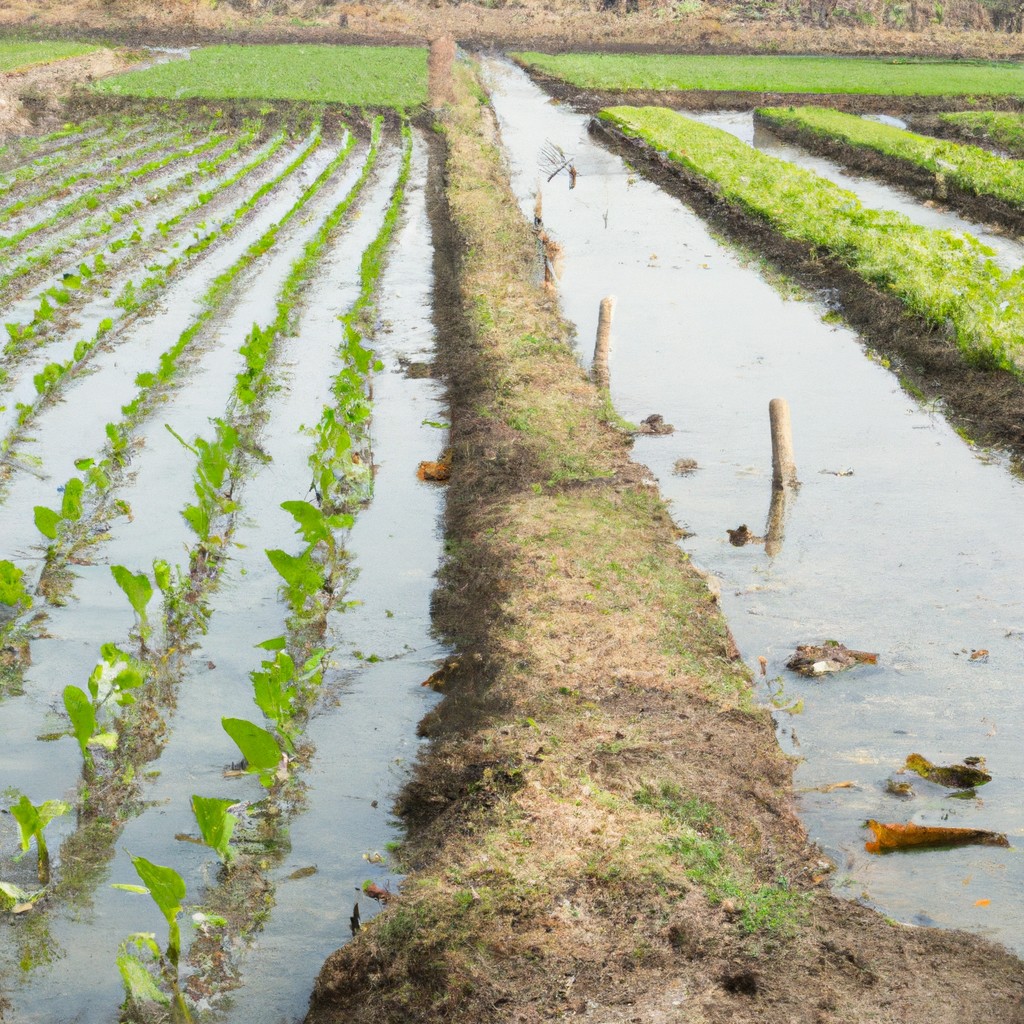Discover the vibrant world of Colombian agriculture and learn how this nation blends traditional practices with innovative techniques to produce everything from coffee to cocoa.
Look Inside:
Industry Highlights in Colombian Agriculture

Colombia’s agricultural palette is as colorful as a technicolor dreamcoat, minus Joseph and with more avocados. This country boasts a buffet of tropical treats that would make any fruit bat swoon. Coffee, bananas, and cut flowers lead the pack with global recognizability. Imagine Colombia as the world-renowned barista, florist, and fruit vendor, all rolled into one.
Coffee isn’t just a drink here; it’s practically a national pastime. Colombian beans are famous for their smoothness, characteristic flavor, and the fact that they don’t keep you up till 2 a.m. questioning life’s meaning.
Then there’s the banana brigade. Colombia’s bananas are a-peeling (sorry, that was bananas). They significantly contribute to the country’s export income, keeping both monkeys and humans happy worldwide.
Colombian floriculture could make even a cactus blush. The country is the second-largest exporter of cut flowers, brightening up faces and vases globally, especially during Valentine’s Day. They say happiness blooms from within, but clearly, Colombian flowers help.
Finally, the humble (yet mighty) avocado. Remember when guac was extra? Colombians are spearheading the avocado revolution with their Hass variety, ensuring brunches worldwide are just a bit creamier.
Circular Agriculture Collaborations With the Netherlands
Let’s dive into how Colombia and the Netherlands are teaming up on an agri-adventure. It’s a mash-up of smarts and sustainability that would make environmentalists throw a party.
First, they’ve embraced crop rotation and polycultures. Instead of the same-old, same-old approach, they’re mixing it up. It’s like a surprise party in the soil, teeming with biodiversity.
Next, waste not, want not. They’re turning agricultural waste into valuable goodies: energy, feed, and maybe even that weird art piece your aunt made. Efficient resource use is the name of the game.
Water wisdom is also in-play. Dutch hydrology know-how helps optimize water management, ensuring crops get what they need without turning fields into swamps. No rubber boots necessary.
Then there’s knowledge transfer. Think of it as agriculture speed dating, where Colombian farmers swap ideas with Dutch experts. It’s fast, furious, and full of growth potential.
Lastly, they’ve got this groovy tech integration. Drones, sensors, and apps are the farm duo’s new besties, making precision farming cooler than your uncle’s mustache from the 70s.
Colombia As an Agricultural Powerhouse: The Unfulfilled Promise
Picture Colombia, where coffee isn’t just a morning pick-me-up but a golden bean of economic potential. Yet, not all in the garden blooms.
First, imagine the climate—diverse and bountiful. With 80 million hectares of untapped agricultural land, Colombia should be the world’s breadbasket. Or, at least, its avocado toast.
Then, consider biodiversity. Colombia hosts more plant species than one could shake a stick at, though why you’d be shaking that stick is anyone’s guess. This natural abundance creates opportunities to cultivate a dazzling variety of crops from cocoa to palm oil.
However, it’s not all sunshine and rainbows. Infrastructure often plays hide and seek, and the roads lose every time. This makes getting produce to ports a game few want to play. Warmer relations, however, do exist; access to both Atlantic and Pacific Oceans offers trade potential that’s something to write home about—if only there were more roads leading there.
Political dynamics also add spice to the mix, not necessarily the flavor of stability everyone desires. Agrarian reform flickers on the national agenda like a candle in the wind. Meanwhile, smaller farmers feel like they’re caught between a rock and a hard bean.
Colombia’s fertile promises teem like a field ready for harvest. But hurdles lie in the open, with both challenges and opportunities like untapped crops ripe for realization.
Challenges in Agro-logistics Nationwide
Colombian farmers, bless their hard-working souls, often face more twists and turns than a telenovela. First off, infrastructure isn’t exactly winning awards. Narrow rural roads and potholes big enough to swallow a llama make transporting crops akin to navigating a labyrinth.
Then there’s the weather. It’s as predictable as a toddler in a candy store. With such varied climates, farmers need to act like meteorologists with crystal balls to ensure timely harvests.
Lack of refrigeration facilities means some goods wilt faster than emotions in a drama series. Without cold storage, fruits and vegetables get travel-worn, arriving at markets looking past their prime.
And let’s not forget the paperwork. Navigating bureaucratic paperwork can be as complex as deciphering ancient hieroglyphs, and that’s not the kind of puzzle farmers signed up for.
These are just a handful of the daily dramas in Colombia’s agricultural saga. Good thing perseverance runs in the veins of these tenacious farmers.
Food and Land Use Context in Colombia
Colombia, a land as diverse as a fruit salad, boasts a rich tapestry of ecosystems. Picture the Andes mountains shaking hands with tropical forests, while savannas serve as the perfect meeting host. The country, lush with opportunity, holds both promise and the occasional banana peel slip.
Here are a few entertaining tidbits:
– Microclimates abound: Colombia is like a weather buffet. Sample from its high-altitude, arid, and tropical climates without needing a plane ticket.
– Biodiversity bonanza: Think of Colombia as the candy store of agrobiodiversity. From exotic fruits that sound like they’re straight out of a fantasy novel to staple grains, it’s an edible symphony.
– Land-use puzzles: Jigsaw puzzles might envy Colombia’s mix of agricultural, forested, and urban areas. Trying to fit them together while encouraging sustainability and regeneration is the ultimate brain teaser.
– Food production roulette: Farmers have to play agricultural roulette every season, carefully choosing where and what to plant amidst shifting climates and economic fortunes.
Crunching on complexity is part and parcel of the Colombian food and land saga, and while it presents challenges, it is teeming with delicious possibilities as well.
